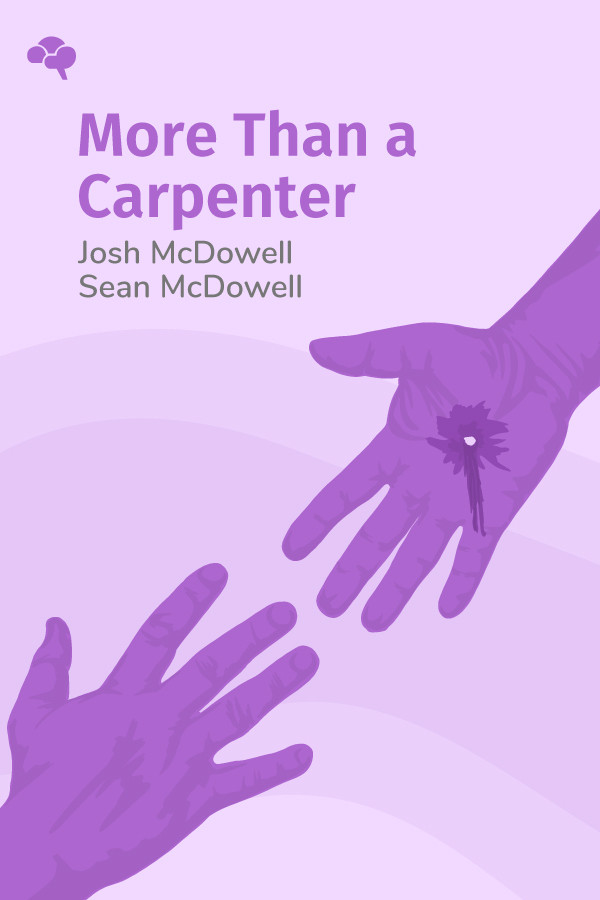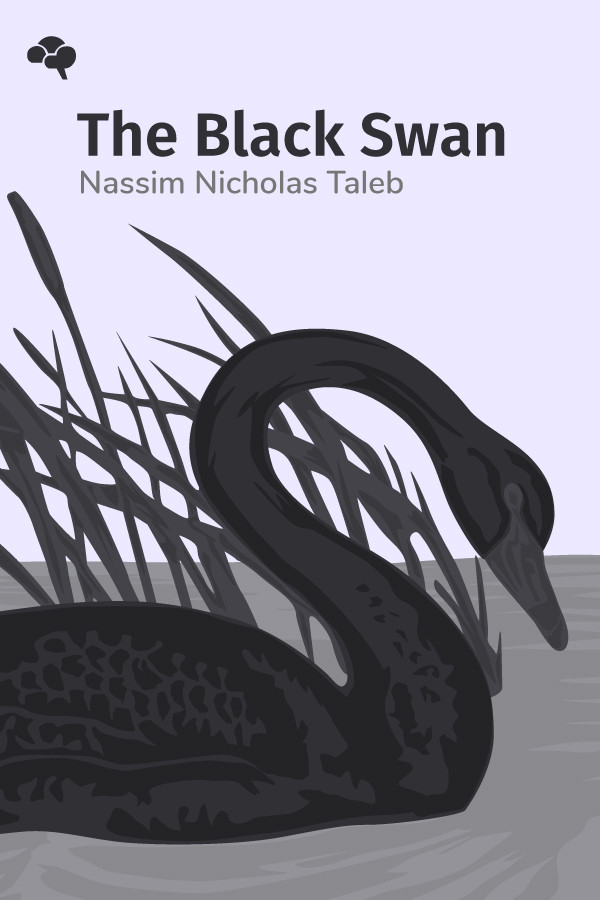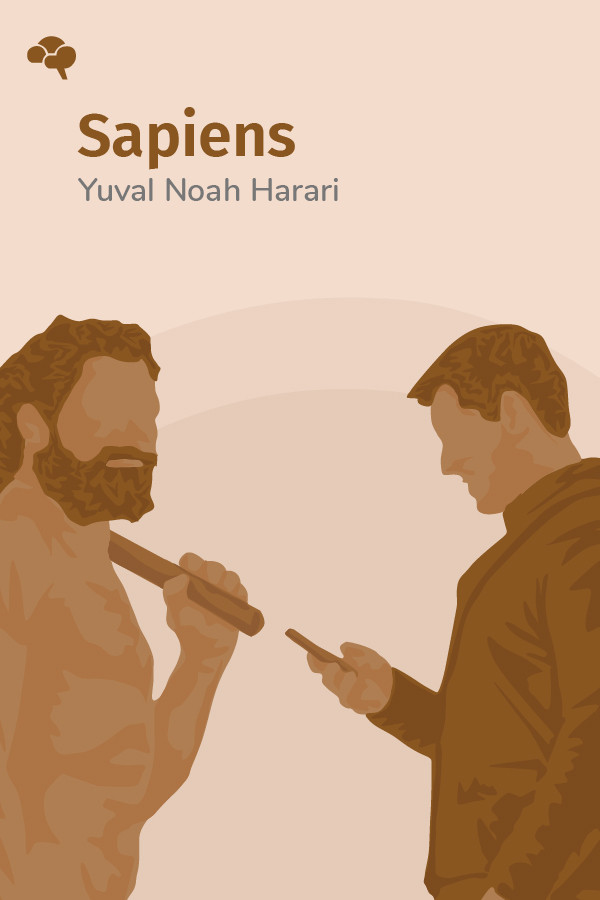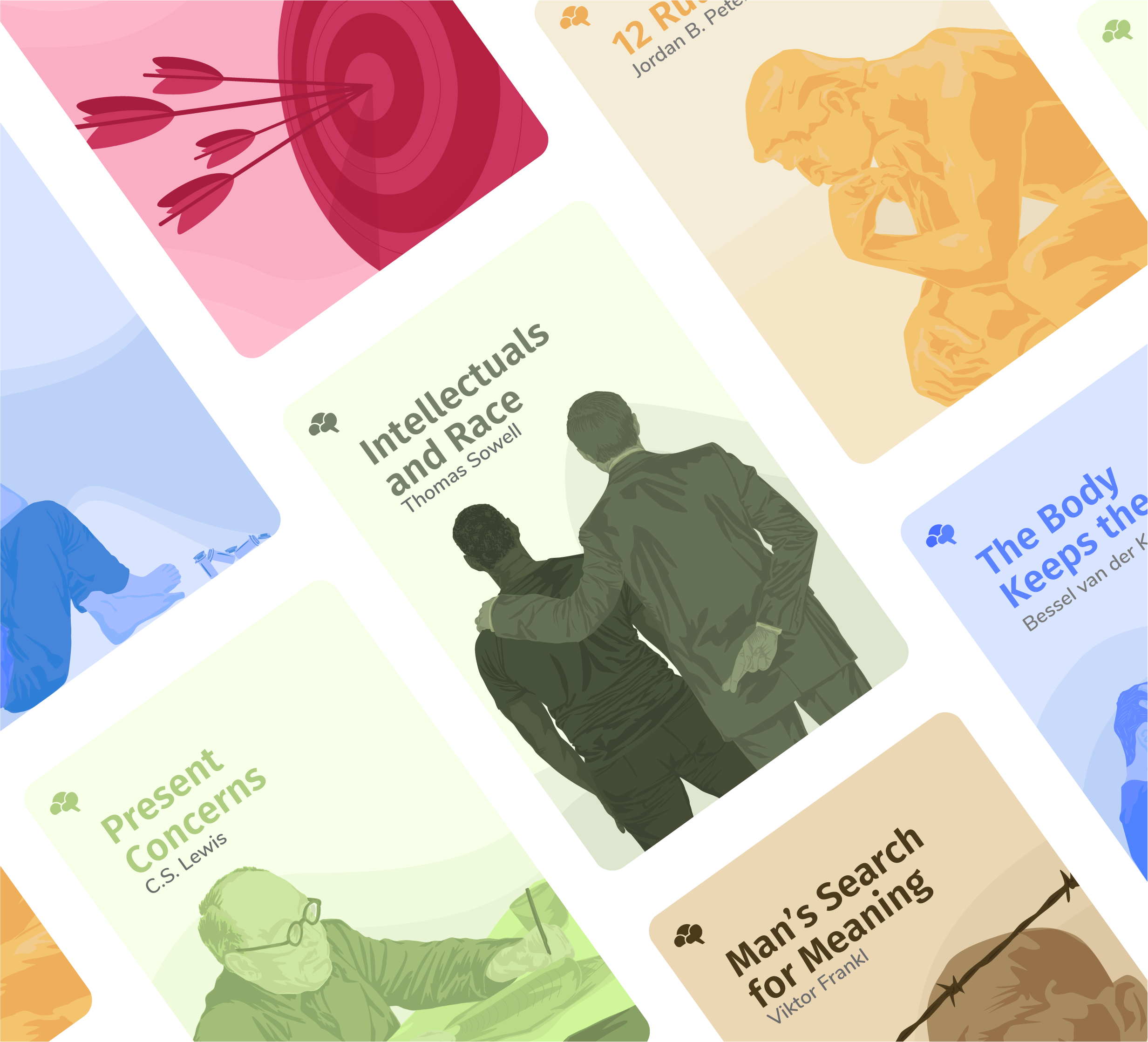Key Insights From:
The Sacred and The Profane: The Nature of Religion
By Mircea Eliade
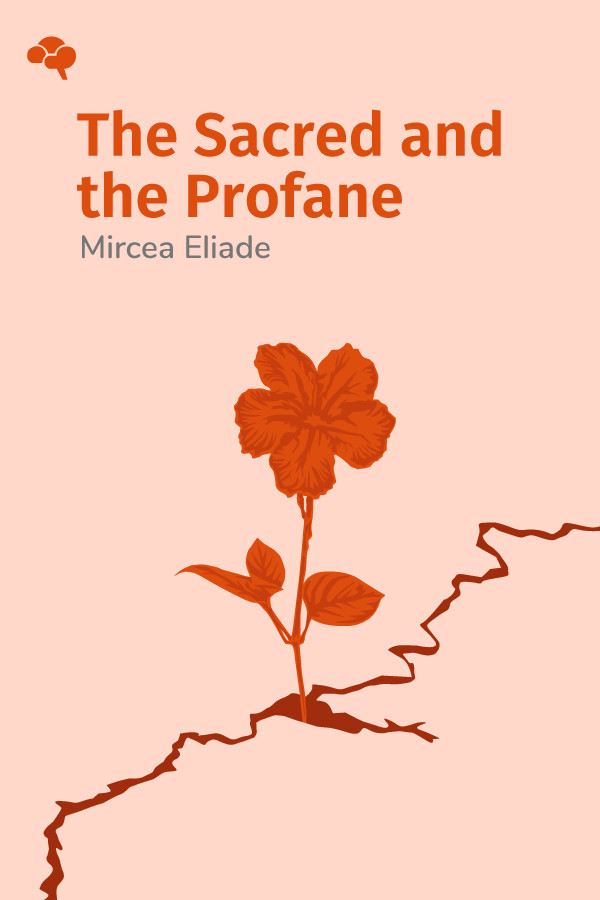

Key Insights From:
The Sacred and The Profane: The Nature of Religion
By Mircea Eliade
What You'll Learn:
Mircea Eliade (1907-1986) was a Romanian historian of religion, a philosopher, and a novelist. His research led him all over the world, including to British-occupied India, Italy, and the United States, where he held a professorship at the University of Chicago. In addition to his native Romanian, he mastered French, Italian, German, and English, and he learned to read Persian, Sanskrit, and Hebrew. Eliade is most remembered for his significant contributions to the study of religion.
In The Sacred and the Profane (originally published in 1957), he explores how religious man (Homo religiosus) experiences the sacred, and how these experiences form the starting point of religions. He also describes how the non-religious tend to experience life in the profane mode of operating. Eliade emphasizes throughout his work that a totally profane existence is impossible, and that even the modern, industrialized Westerner—who is mostly terrified and suspicious of the sacred—still preserves aspects of religious observance without even realizing it.
Key Insights:
- For the most part, modern society experiences life through profane eyes, and struggles to identify with the sacred.
- Sacred spaces interrupt the endless chaos of space by creating places where heaven and earth can meet.
- Profane time is historical and linear; sacred time is mythical and cyclical.
- For Homo religiosus, nature is never merely “natural.”
- Homo religiosus is central to our identity as humans, even if we try to cover it up.
- Ancient primitive societies give us the best glimpses of life lived in the sacred realm.

